Animals
Top 10 Small, Low-Maintenance Pets That Are Easy to Take Care Of

Throughout the history of human civilization, people have domesticated and tamed animals to be their pets. The bond between human beings and their pets is something that is truly unique—one of loyalty, devotion, companionship, and love.
While the idea of acquiring a pet can be quite appealing, it can also be very overwhelming for many individuals. Pet ownership requires a lot of time, care, money, and responsibility. Not everyone is ready for this.
Remember—All Pets Deserve Love and Care
All pets require and deserve loving care and attention. People who are not able to provide that really should not consider pet ownership. Pet shelters are full of animals whose original owners were not prepared for the responsibility and commitment that pet ownership demands.
Dogs, cats, birds, and even fish have no place in this article; their care, needs, and maintenance can be constant, complicated, and intense. Nevertheless, there are certainly some pets that are easier to take care of than others.
Whatever pet you decide upon, always conduct proper research to ensure they are given the most comfortable and loving home possible.
The 10 Best Low-Maintenance Pets
The following list features 10 pets that can be cared for and loved, yet at the same time do not need (or in some cases want) the demanding caregiving some others require.
- Sea-Monkeys
- Madagascar Hissing Cockroach
- Garden Snail
- African Dwarf Frog
- Leopard Gecko
- Guinea Pig
- Syrian Hamster
- Fancy Rat
- Fancy Mouse
- Hermit Crab
If you’re looking for a low-maintenance pet, it doesn’t get much easier than sea monkeys!
Sea-Monkeys
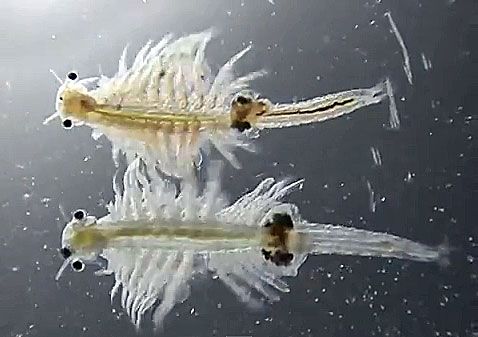
sea monkey
- Scientific Name: Artemia salina
- Average Adult Size: Up to 0.75 inches
- Average Life Span: 2 years
- Diet: Herbivore
- Average Monthly Cost: $0 (Your sea-monkey kit should include all the food they need!)
Sea-monkeys are extremely easy pets to care for. Once their tank is set up, your sea monkeys won’t require much care. Beyond feeding them once weekly and keeping an eye out for tank conditions and your pets’ general health, they don’t need much! For this reason, Artemia salina makes great pets for kids.
These pets are perfect for people who want to watch animals without really having to care for or interact with them. You won’t find an easier pet! Here’s an in-depth guide detailing how to grow sea monkeys from a kit.
Madagascar Hissing Cockroach
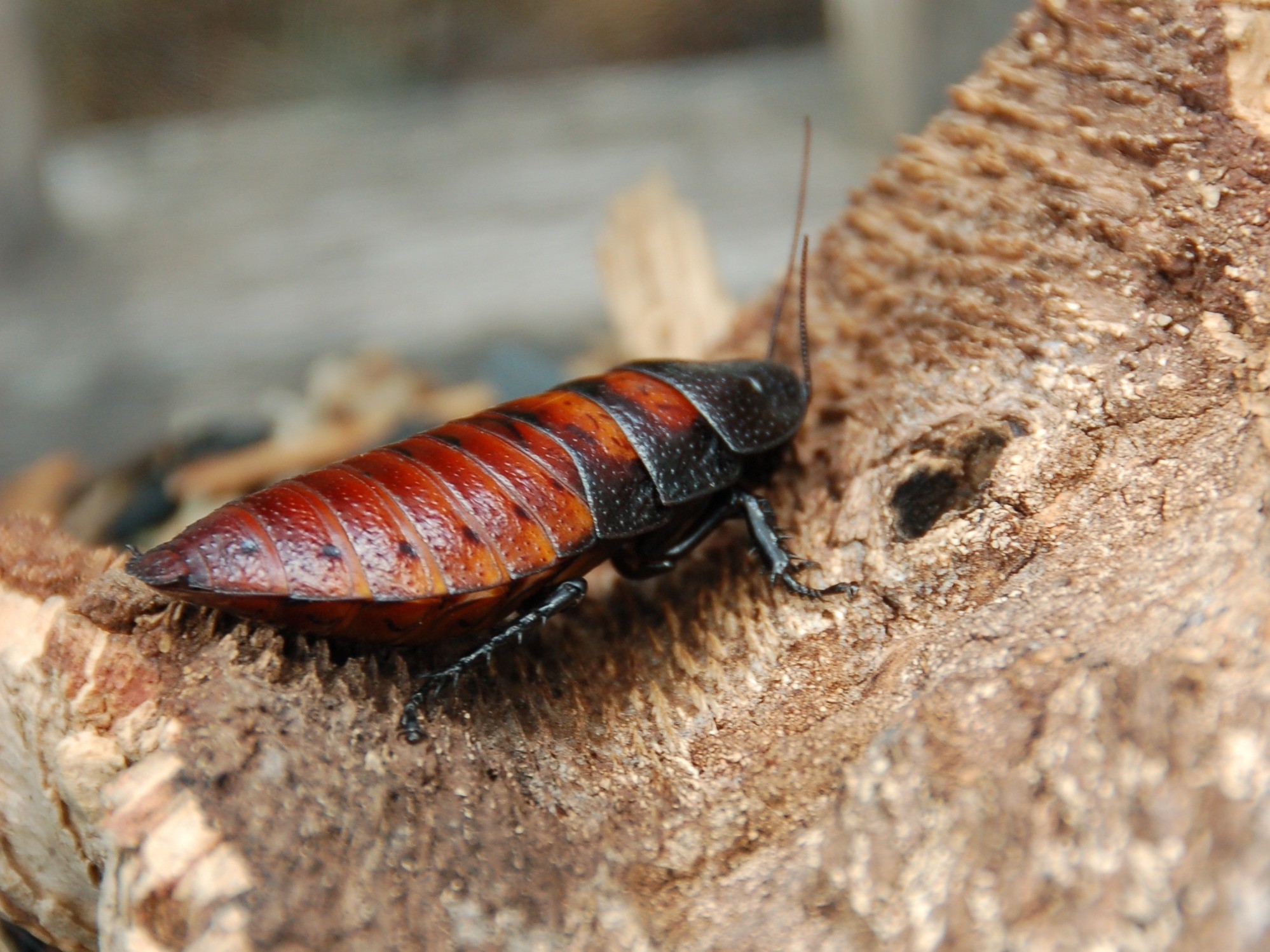
Madagascar Hissing Cockroach
Madagascar hissing cockroaches may not be cuddly, but they make great pets!
- Scientific Name: Gromphadorhina portentosa
- Average Adult Size: Up to 3 inches long
- Average Life Span: 1–3 years with proper care
- Diet: Herbivore
- Average Monthly Cost: $0–$10 (If you give your cockroach your leftovers—all they need to eat is lettuce, apples, carrots, and the occasional overripe fruit—they are extremely low-cost pets!)
Undoubtedly, the majority of people would never consider having a cockroach for a pet. The very term conjures up visions of complete filth. However, hissing cockroaches are ideal for those looking for easy pets to care for.
They grow up to approximately four inches long and can be kept in an aquarium tank with proper ventilation as their habitat. Such a setup will take very little space and effort to create. The hissing cockroach is also quite simple to feed, and the food can be purchased from pet stores and supplemented with fresh fruit and certain greens.
Include some clean water in the tank and the hissing cockroach will not only be well cared for, but quite entertaining to watch and interact with as well. The best part is that it will hardly notice when you have to come home late from school or work!
Garden Snail
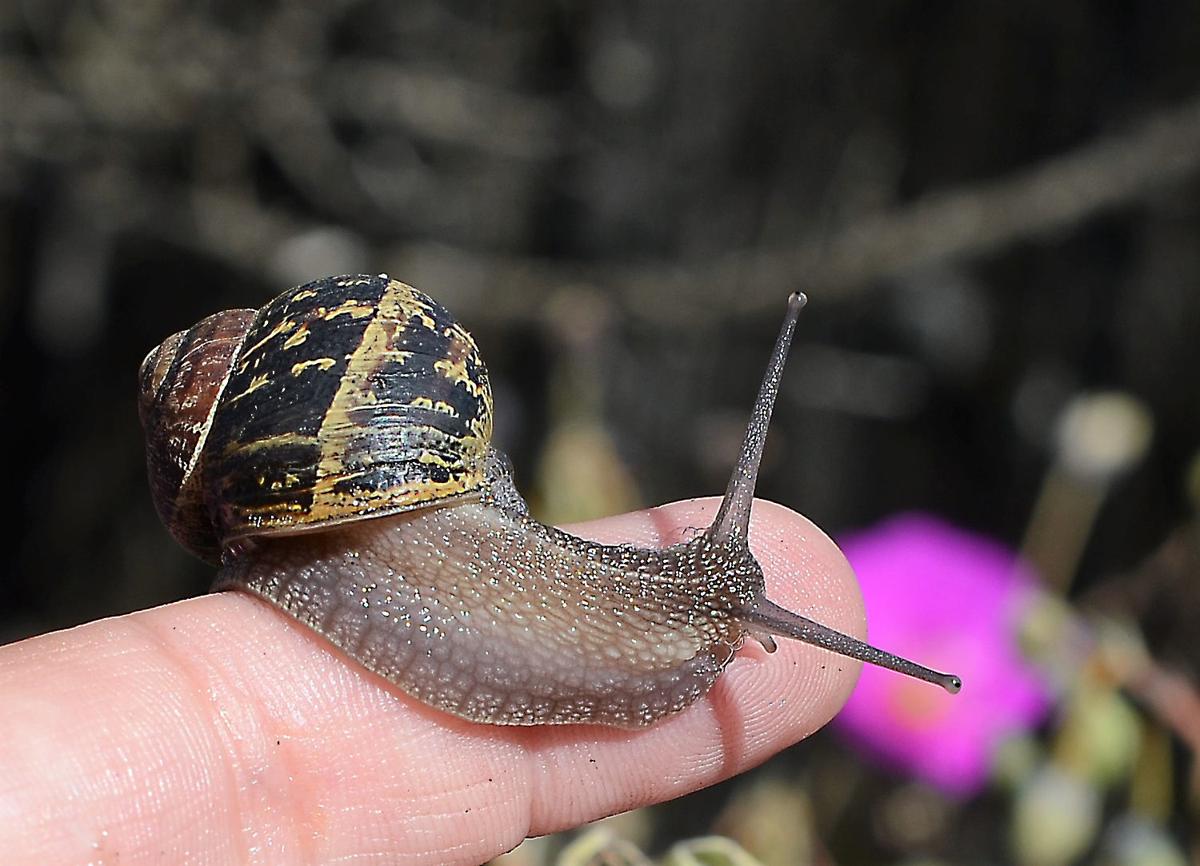
Garden Snail
Snails are rarely considered pets but are remarkably easy and rewarding to care for.
- Scientific Name: Helix aspersa
- Average Adult Size: 1.5 inches
- Average Life Span: 3–5 years
- Diet: Herbivore
- Average Monthly Cost: $0–$10 (If you give your cockroach your leftovers—all they need to eat is lettuce, apples, carrots, and the occasional overripe fruit—they are extremely low-cost pets!)
There can be little doubt that the name “snail” does not typically come to mind when people are considering which pet to get. Nevertheless, they are a great pet which are exceptionally easy to care for. While snails will respond well to being handled, they are also perfectly fine to be left alone in a tank habitat which has been properly prepared with hiding places and lined with peat or moss.
As for feeding, they obviously do not eat very much but can feed on fresh fruit or vegetables. They will require a source of calcium such as natural chalk. If given this basic and life-preserving care, the snail will make for a very low maintenance pet that will live on for many years to come.
Ensure Food Is Pesticide-Free
You must wash all food before feeding it to your snail, as many fresh fruits and veggies have pesticides on their skins that will kill your pet.
African Dwarf Frog
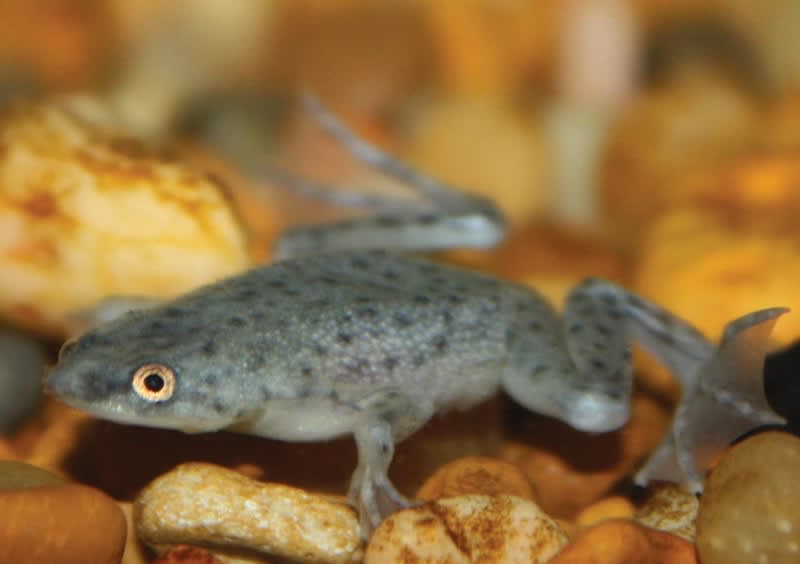
African Dwarf Frog
African dwarf frogs are a popular pet choice—they are entertaining to watch and easy to care for.
- Scientific Name: Hymenochirus curtipes
- Average Adult Size: 1.25 inches long
- Average Life Span: Up to 5 years with proper care
- Diet: Omnivore
- Average Monthly Cost: $7
African dwarf frogs are another very popular choice for a pet which is easy to care for. It should be noted however that like all other pets, investing time and research into how to properly care for them is mandatory. Once that is completed, a knowledgable owner will have a truly fascinating and low-maintenance pet.
That said, maintaining the habitat for the African dwarf frog is critical. They are aquatic amphibians who live underwater, but they need to be able to breach the surface to breathe air. The aquarium should be mid-size with clean, filtered water. Also, they are amphibians who do the best with a partner or two.
While the African dwarf frog is delicate and does not respond very well to handling, the viewing pleasure they provide more than compensates for this and makes them a wonderful pet. The following YouTube video provides many great care tips for those considering obtaining the African dwarf frog as a pet.
Leopard Gecko
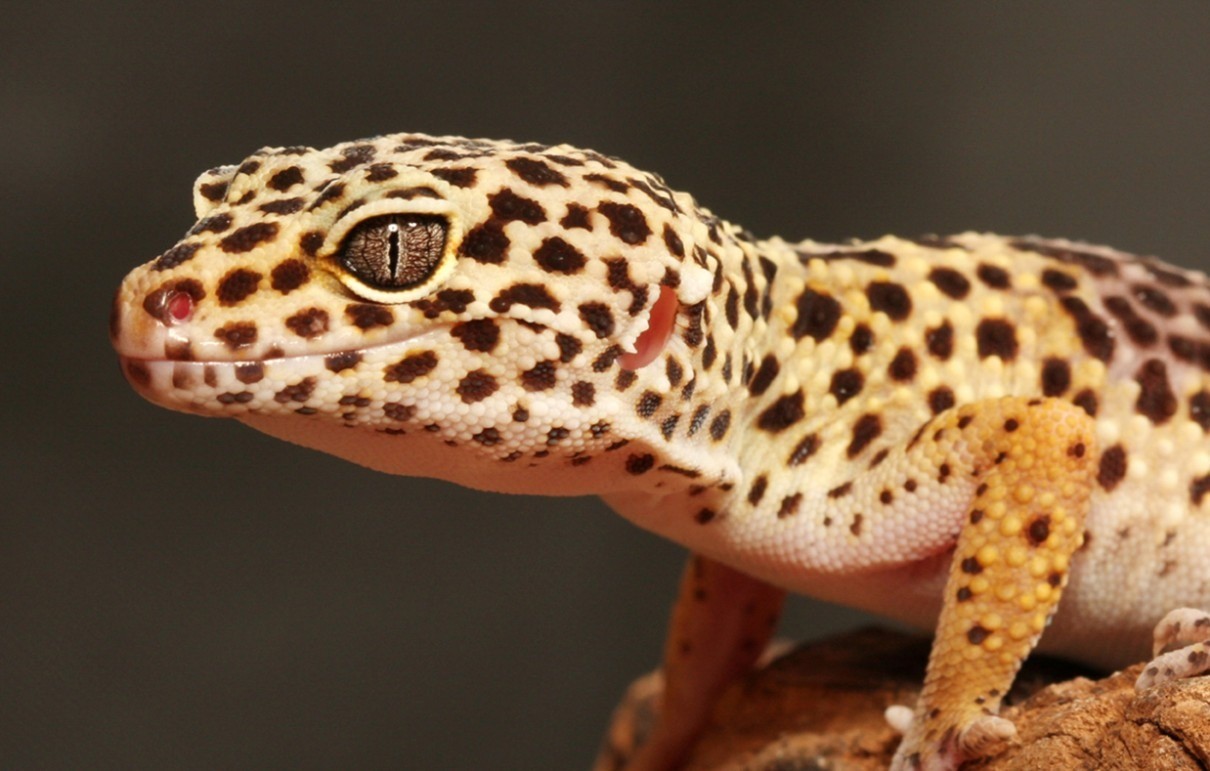
Leopard Gecko
The leopard gecko is a low-maintenance pet that does a lot more than sell insurance!
- Scientific Name: Eublepharis macularius
- Average Adult Size: 6–9 inches long
- Average Life Span: 20+ years with proper care
- Diet: Insectivore
- Average Monthly Cost: $5–$20 after the first year
With the increasing desire to obtain pets that match the busy nature of our lives, many people have turned to lizards. In particular, the leopard gecko has become one of the most popular selections. There are a variety of geckos, but the most popular to keep as a pet is the leopard gecko. It is quite tame in nature and easy to be handled. It is also not anywhere near as quick as other types of geckos as they do not have the sticky toe pads that enable other types to run across virtually any surface.
Their food can be purchased at pet stores and consists of live insects and mealworms. As for their habitat, they are a smaller type of lizard, so their area can be much smaller than that of their relations. They can be enclosed in a cage called a vivarium. This will need to have plenty of hiding places as well as a very important climate control (heat and humidity). Here’s more about how to take care of your leopard gecko.
Everything which is required can be easily purchased and once it is set up it will only require typical care and periodic maintenance. Its tiny size and docile nature make the leopard gecko a very popular pet for those people with busy lives who need a pet that is easy to care for.
Guinea Pig
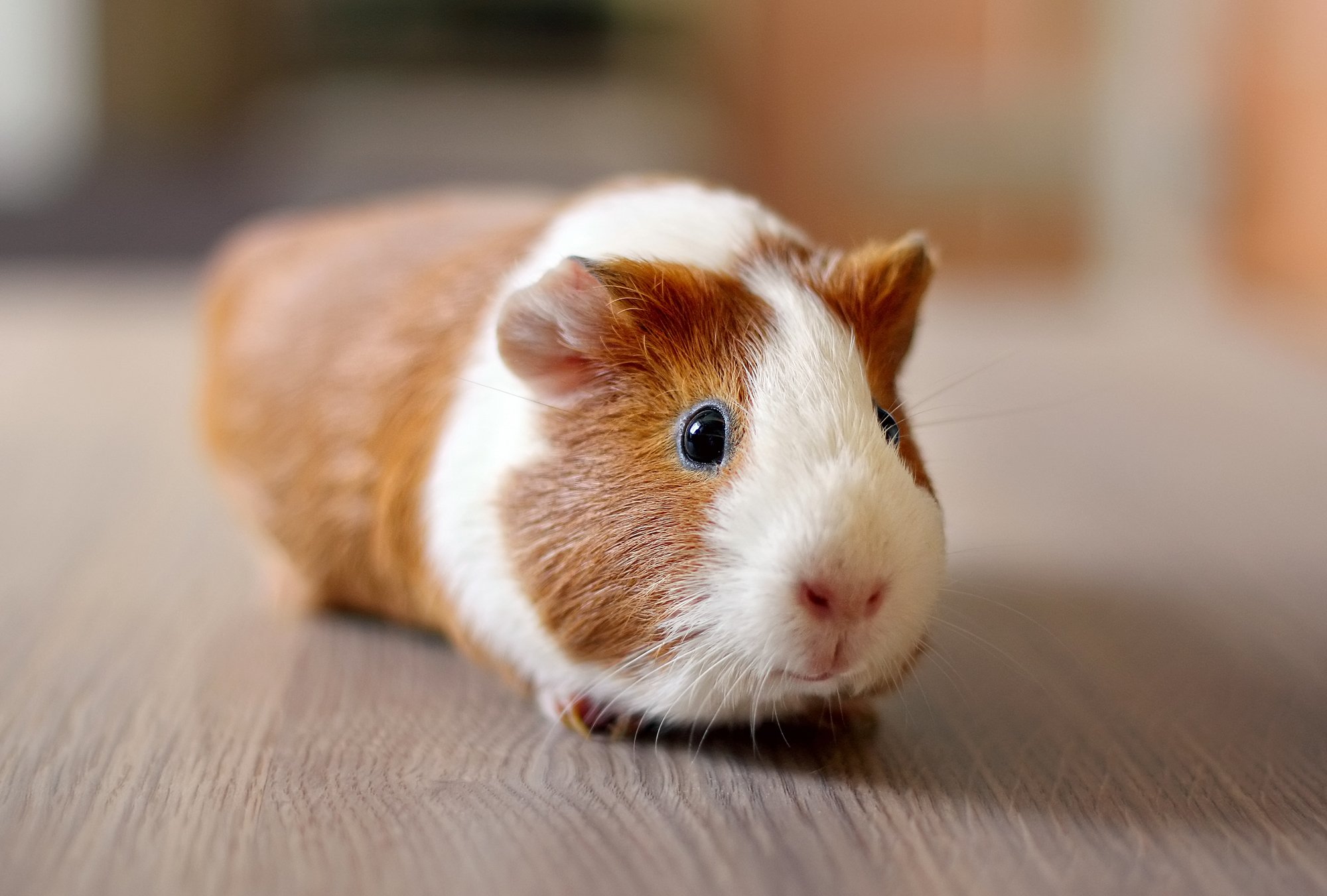
Guinea Pig
Guinea pigs are affectionate and easy to care for.
Scientific Name: Cavia porcellus
Average Adult Size: 8–11 inches long
Average Life Span: Up to 8 years with proper care
Diet: Herbivore
Average Monthly Cost: $40–$65 (Fresh bedding doesn’t come cheap!)
The Guinea pig is a very popular pet, mainly due to its gentle and affectionate nature. They are simply wonderful pets for children and adults alike. In a previous article about which pets are the most affectionate, the many loving traits and characteristics of the Guinea pig are outlined with actual examples.
More importantly for the sake of this article, it should be noted that they are also extremely simple to care for. They require a cage with a suitable habitat area with clean food, water, and ventilation. Their food can be easily purchased from local pet stores, and being little rodents, they do not consume very much.
As mentioned, they are also very affectionate and easy to handle. They respond well to gentle handling but certainly do not require as much attention as other pets such as dogs. Affectionate, cuddly, and easy to care for, guinea pigs have become very popular pets.
Syrian Hamster
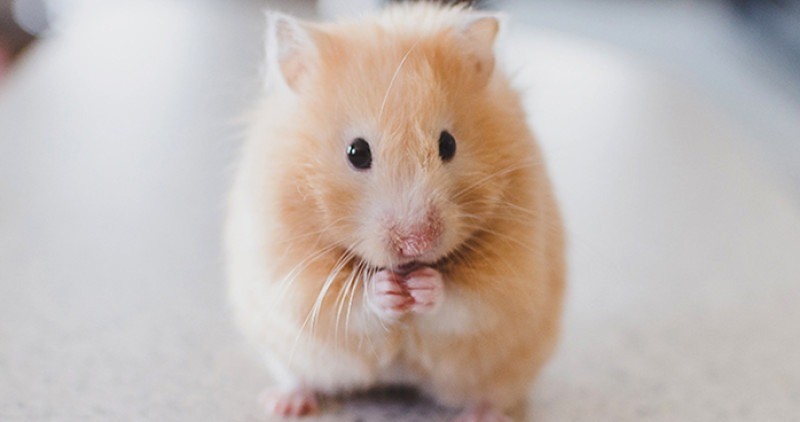
Syrian Hamster
Hamsters are excellent pets and easy to care for.
- Scientific Name: Mesocricetus auratus
- Average Adult Size: 5–7 inches long
- Average Life Span: 3–4 years old
- Diet: Omnivore
- Average Monthly Cost: $50
Another excellent pet that is easy to care for is the Syrian hamster. It is actually a distant relative of the Guinea pig. While it does take a Syrian hamster longer to warm up to human handlers than Guinea pigs, they do eventually begin to crave such interaction. Once again, however, its need for handling and interaction is much less than that of many other pets.
The Syrian hamster is quite easy to care for. It only requires a cage with a habitat area, food, and water. You must clean the cage on a regular basis, but sometimes you may even forget they are there (except for in the middle of the night, as that is when they are the most active). Provide your hamster with love and affection and they will become a truly affectionate pet that requires minimal effort.
Fancy Rat
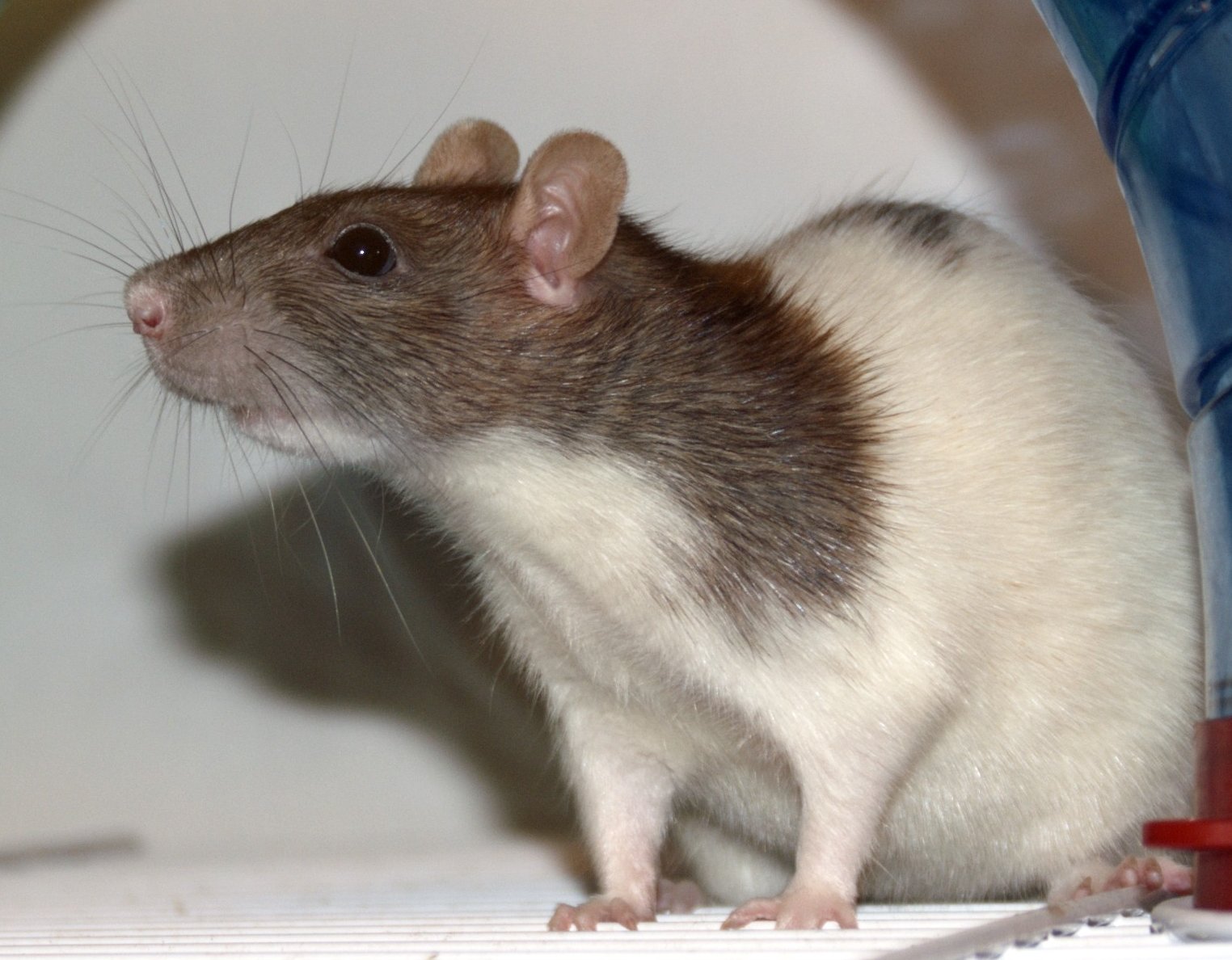
Fancy Rat
Fancy rats are cute, cuddly, affectionate, and easy-to-care-for pets.
- Scientific Name: Rattus norvegicus
- Average Adult Size: 8 inches long
- Average Life Span: Up to 5 years with proper care
- Diet: Omnivore
- Average Monthly Cost: $20–$35
Despite their historically entrenched bad reputation, rats are becoming very popular pets. The fancy rat in particular is a favorite due to its loving and friendly nature. They are also quite an easy pet to care for if they have a caring and responsible owner. All the necessary equipment—such as a cage, food, and toys—can be purchased from pet stores.
It should be noted that it is vitally important that their habitat area has proper ventilation and is cleaned on a regular basis. It is also important for pet rats to have a partner or two as they are very social animals. They will require exercise and time outside their cage, but for many people, this is what makes them such a great pet. They are very affectionate and easy to handle.
Great Resources for First-Time Rat Owners
How to Take Care of a Pet Rat: FAQs, Tips and Tricks
Rat Care for Beginners: How to Create the Perfect Rat Cage Setup
Fancy Mouse
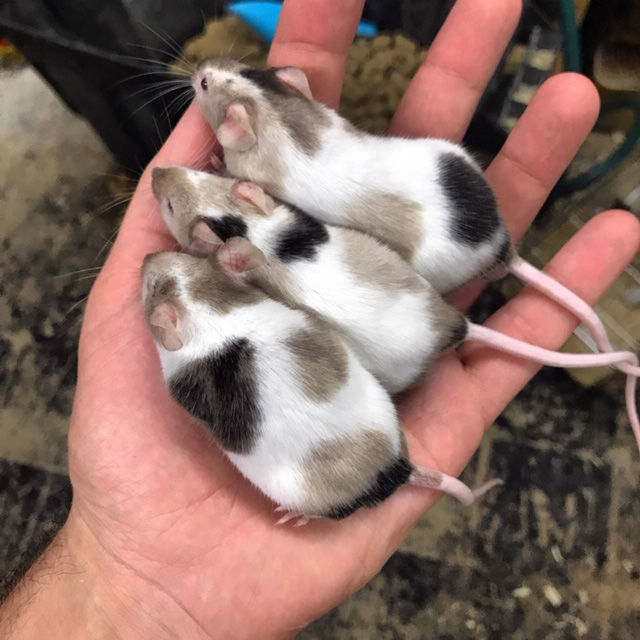
Fancy Mouse
Just like fancy rats, fancy mice make for sweet and inquisitive pets.
- Scientific Name: Mus musculus
- Average Adult Size: 3 inches long
- Average Life Span: Up to 3 years with proper care
- Diet: Omnivore
- Average Monthly Cost: $35
Like rats, mice often get a bad rap, but they are actually very sweet and loving pets. They are very intelligent and make great companions for people who do not want a large pet. Mice, being nocturnal, are most active at night, but they can adjust to your schedule.
While pet mice can be handled, they are fragile and require a patient, gentle touch. They may nip when scared. For this reason, they are not the best pets for small children.
Mice are very social animals, so it is recommended you get more than one. They will happily play together and are very fun to watch, but you must be sure to introduce them properly. (Note, however, that you should get mice of the same sex, otherwise you will soon be dealing with a much larger family than you bargained for!)
For more information, here’s a complete guide to keeping fancy mice as pets.
Hermit Crab

Hermit Crab
Land hermit crabs make for great pets.
- Scientific Name: Coenobita spp
- Average Adult Size: 2–6 inches long, depending on species
- Average Life Span: Up to 20 years with proper care, depending on species
- Diet: Omnivore
- Average Monthly Cost: $6
Land hermit crabs are surprisingly inquisitive and social creatures, making them fun pets for people of all ages. They are generally non-aggressive and tolerate handling well, though they may pinch if threatened or scared.
Hermit crabs require a relatively small amount of living space and care; for example, whereas guinea pigs and hamsters need their bedding replaced once a week, the sand in the bottom of your hermit crabs’ enclosure only needs to be completely replaced three times a year (in addition to weekly poop-scooping). The initial set-up of their enclosures, however, is key.
These pets also act like little composts. In addition to their pellet food, you can feed them your kitchen scraps (even bits of meat and fish)—they’ll eat just about anything! That said, avoid feeding them garlic, onion, or citrus. Here’s a wealth of information about what to feed your hermit crab.
Note: It is recommended that you get at least two hermit crabs, as they are naturally social creatures.


































